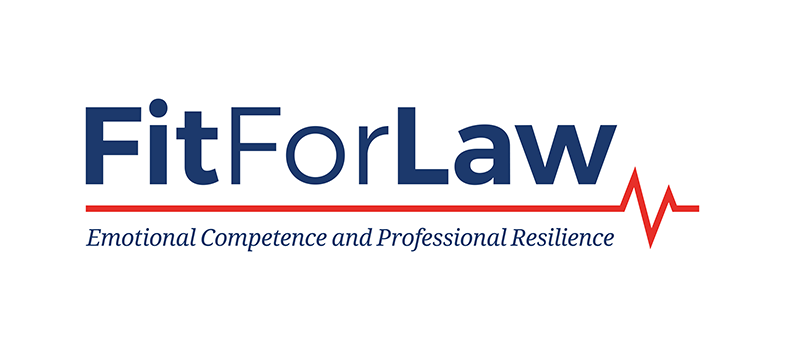2 Working effectively with clients
Of course solicitors are supposed to stay emotionally detached and just deal with the issues.
You’re dealing with people’s real lives here and it’s constant, you’re constantly thinking and worrying about those cases.
Most legal professionals communicate with clients as a part of their role. For some, such as a solicitor or legal executive in private practice, this can be a large part of their workload. For others (such as a barrister or advocate) it may be that some communication is via a third party. Clients may also range from individuals with little or no legal knowledge to lawyers acting for large corporations. Regardless of who you are communicating with, and how often, it is important that your communications are effective. Developing your emotional competence and professional resilience (two concepts described in detail in Managing and understanding yourself [Tip: hold Ctrl and click a link to open it in a new tab. (Hide tip)] ) can assist you in this in the following ways:
- Help you identify and understand the emotions your client is experiencing that are connected with their issue and/or their communications with you.
- Help you identify and understand the emotions you are experiencing when communicating with your client and/or dealing with their issue.
- Assist you to regulate your own emotions appropriately and manage those of your clients, including communicating appropriately, managing their expectations and establishing appropriate boundaries.
- Enable you to understand the wider emotional context and factor this into your advice and approach.
It is important to remember that there is usually a significant emotional component in every legal issue. This may result from the facts involved in the issue, the client’s relationship with a legal profession and their (current or prior) perception of, or experience with, the legal system (Barkai and Fine, 1983, p. 506).
The next activity is designed to assist you in identifying and understanding the possible emotions that clients may be experiencing.
Activity 1 How is the client feeling?
Read each scenario below. In the first text box, identify at least three emotions that the client is likely to be experiencing. In the second text box, make a note of any impacts this could have on your approach to the client. When you are ready, click on ‘Reveal comment’ for each scenario to see the authors’ ideas.
As well as thinking about how the client is feeling, it is also important to be aware of your own emotional state. Something as simple as being hungry or tired can affect your emotions and therefore your feelings towards a client and their file. You may also find there are certain scenarios you need to be aware of in your work that may provoke an emotional response – if you experienced a difficult divorce, working with a client with similar issues could potentially affect your emotions and may influence your judgement. This was explored in the course Managing and understanding yourself.
Continue to 2.1 Identifying and understanding client emotions.
